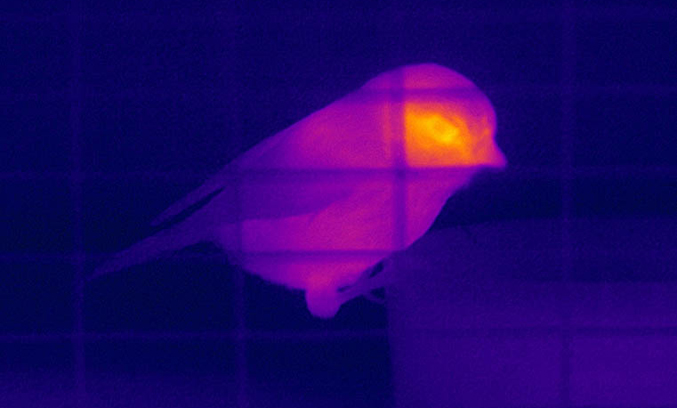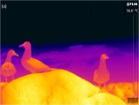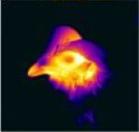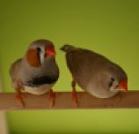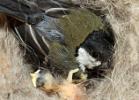
Seabird nests are full of discarded plastic debris
Wed, 29 Apr 2020 00:00:00 BST
Eye region surface temperature reflects both energy reserves and circulating glucocorticoids in a wild bird
Blue Tit eye temperature video
Body temperature of wild birds shows considerable variation even within the same individual, but the sources of this variation are not fully understood. Here we used thermal imaging, a novel non-invasive method of temperature measurement, to record body temperature non-invasively in free-living Blue Tits (Cyanistes caeruleus) to show that body temperature can integrate multiple aspects of physiological state.
Variation in body temperature can indicate how individuals cope with their environment via metabolic or stress-induced effects, both of which may relate to depletion of energy reserves. Body condition can reflect heat production through changes to metabolic rate made to protect energy reserves. Additionally, changes in metabolic processes may be mediated by stress-related glucocorticoid secretion, which is associated with altered blood-flow patterns that affect regional body temperatures. Accordingly, both body condition and glucocorticoid secretion should relate to body temperature. Used thermal imaging we investigated the relationships between body condition, glucocorticoid secretion and body temperature in wild blue tits. Body temperature were measured as the temperature of the blue tits' eye region. Individuals with lower body condition had lower eye-region surface temperature in both non-breeding and breeding seasons. Eye-region surface temperature was also negatively correlated with baseline circulating glucocorticoid levels in non-breeding birds. Thus, remotely-measured body surface temperature could be used to assess such aspects of physiological state non-invasively in free-living animals at multiple life history stages.
Jerem et al 2018 Scientific Reports doi: 10.1038/s41598-018-20240-4

Does it matter what gulls eat?
Mon, 03 Jul 2017 17:04:00 BST

Photography as an efficient tool to study moult
Tue, 13 Dec 2016 14:20:00 GMT

DECLINES IN GULLS, A CONSERVATION CONUNDRUM
Wed, 06 Jul 2016 17:48:00 BST

Taking stress out of measuring stress: how to get the images you need
Mon, 16 Nov 2015 14:54:00 GMT

Inbreeding Depression in Incubation Behaviour
Wed, 12 Nov 2014 12:29:00 GMT
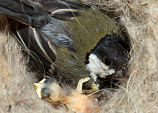
Clutch size increases with increasing nest size in birds
Thu, 09 Oct 2014 21:13:00 BST





